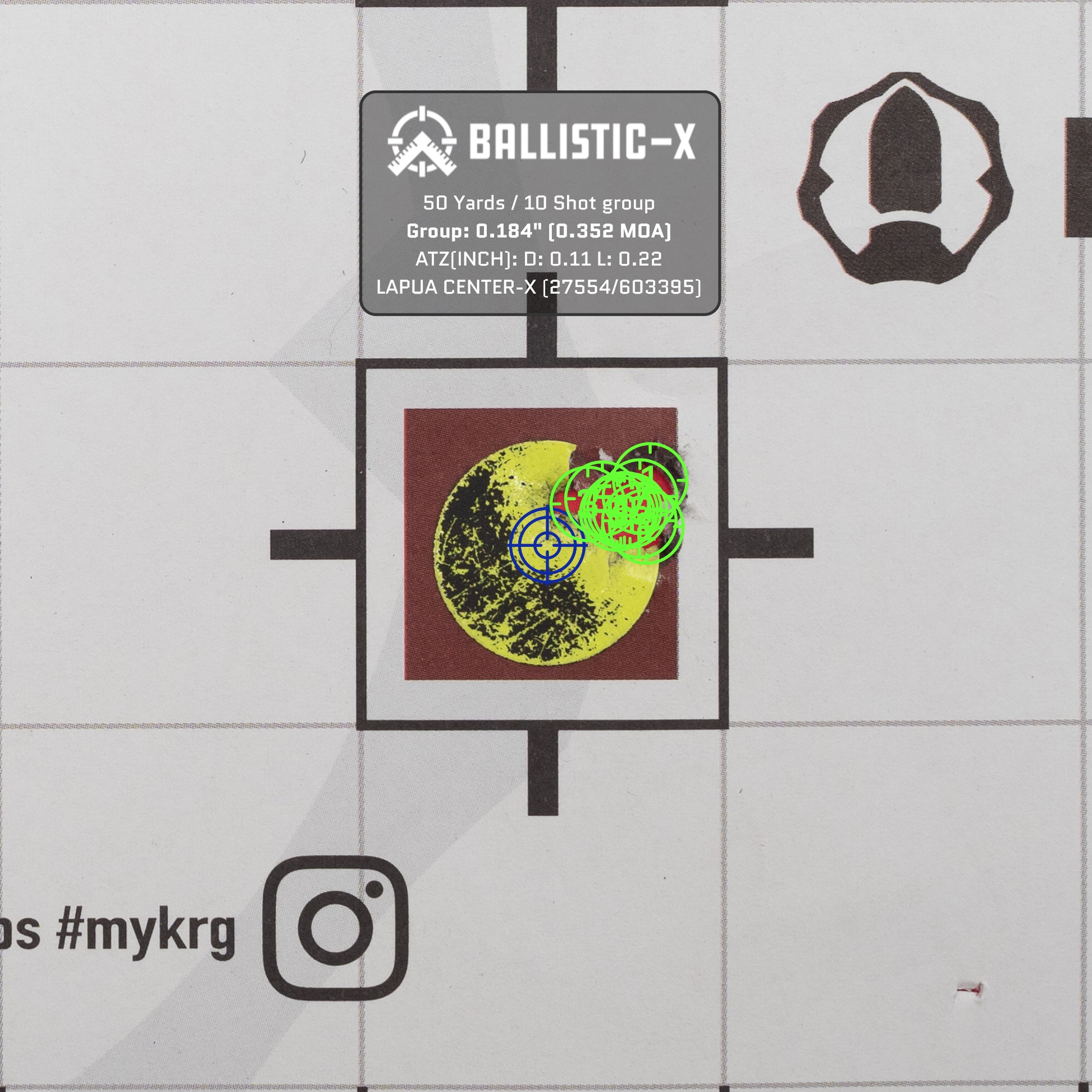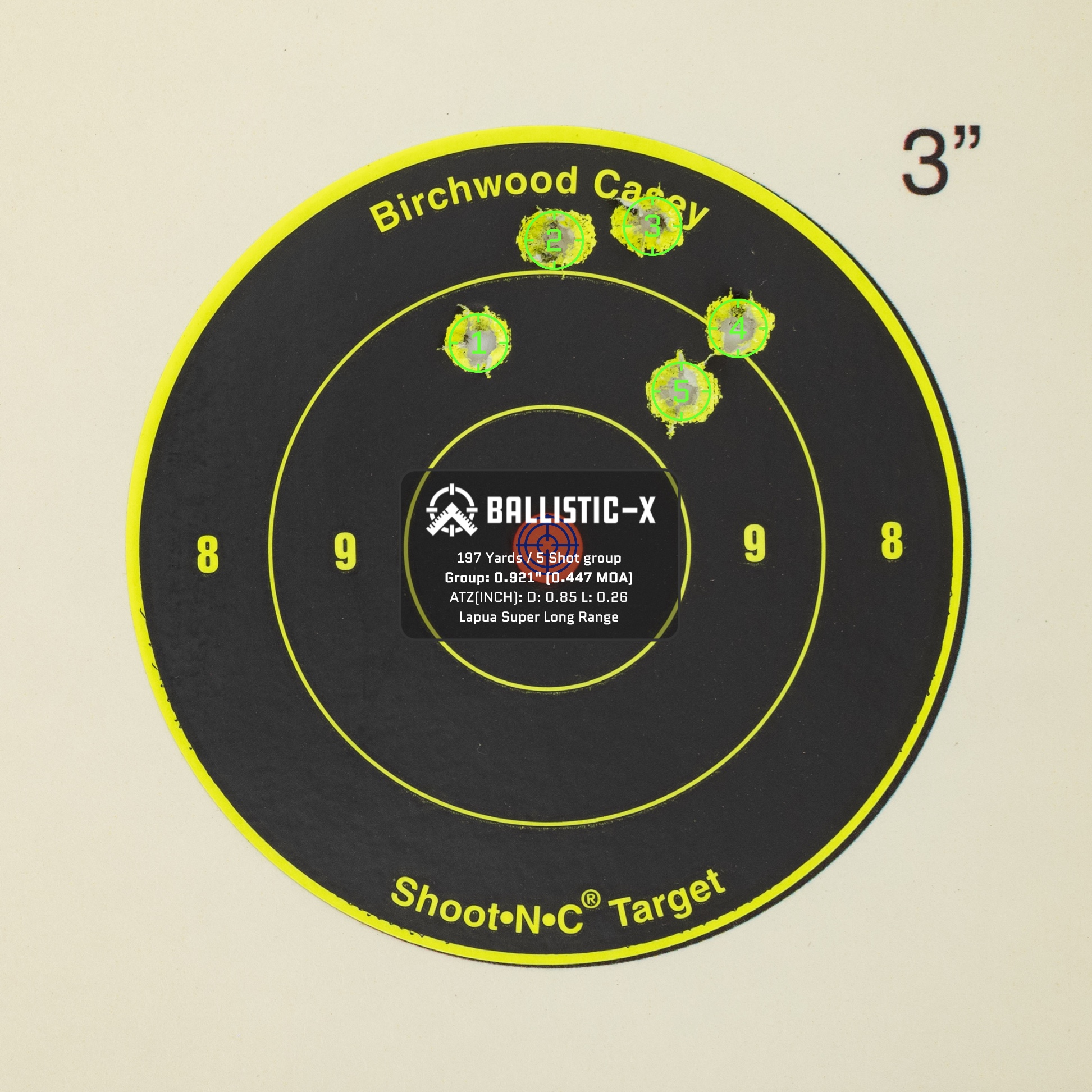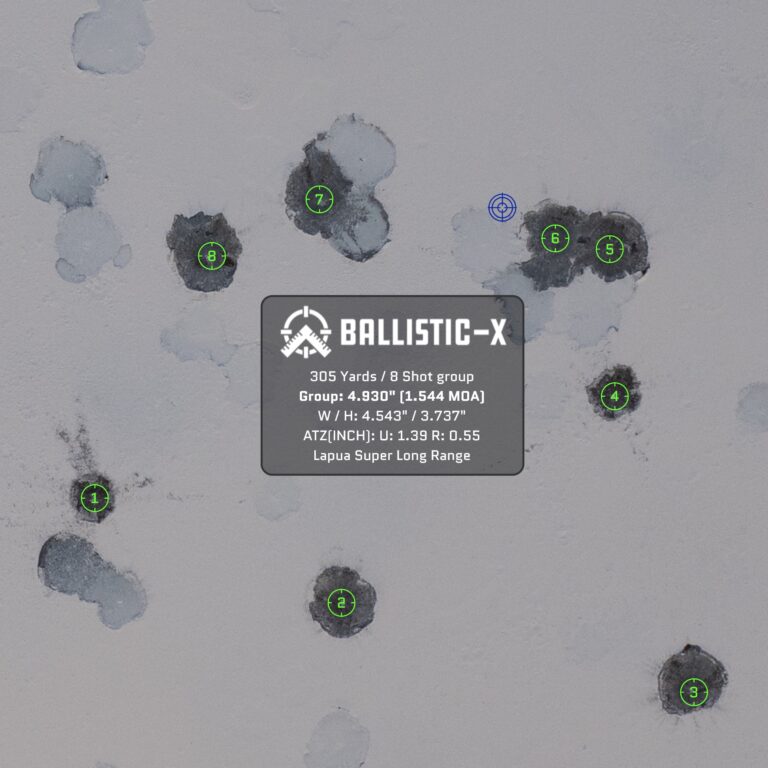To answer the second question first, no .22LR ammo can improve performance as distance increases -- except by unpredictable circumstances that can't necessarily be repeated on demand.
Regarding the question of quantifiable numbers, perhaps their absence with regard to long distance fast twist performance is not surprising. There are enormous and possibly insurmountable obstacles to getting those numbers or even numbers for standard twist barrels.
The problem centers around the difficulty in conducting ammo or barrel performance testing at long distances with repeatable results. Results that can't be repeated are not useful testing results.
For practical considerations long distance .22LR testing must outdoors where there is much left to chance, particularly the influence of air movements between shooter and target. Match .22LR ammunition is very responsive to wind drift. Air movements can easily be different at various points between shooter and target. It's tough enough to account for air movements at 100 yards; at two times the distance it's much harder still; at 300 or 400 it is nearly impossible and is not likely to happen with any degree of reliability.
In addition to wind, no one can anticipate ammo MV variation, which has an increasing effect on target the further the distance shot. In addition, even slight variation in bullet characteristics from one round to the next will show on results, and many of these remain undetectable without disassembly of the round.
Problems such as these make it extremely difficult to reliably test for repeatable results at long distances.
After shooting at 600 yards a number of times last summer with 16tw barrels, I am not sure a better summary could be made. I know from a handful of outings just what winds I may have decent success in, and in winds there is no use setting up.
I do think bringing up the ammo lottery with factory ammo is a moot point at whatever distances are shot, we see discrepancies at 50 yards to whatever distance the majority of 22LR shooters are willing to try. The farther out you go, the more exaggerated these become, especially on the low end of velocities, and if one wants to, they can be measurable and discarded from data.
Here on SH, there is more than a few who have embraced fast tw and are fed up and are tired of defending their choice. One in particular has stated, find out for yourself, which in truth is the best policy.
With that said, in these conversations, the knowledge base is not engaging and here we are with speculation, conjecture and theory. I have inspected enough targets at 600 to know there are a number of bullets starting to become unstable, and a few that have keyholed. I'm not going to let anyone tell me that spinning the bullet faster will not help.
Now, weighing the values of which twist is better, IMO, is a very interesting topic, yet again, we are missing a certain faction of people's experiences.
If you shoot 22LR at distance, you either want to try a faster tw, or you don't. If you don't, find nice days to go to the range, everything works on non windy days, and we are all good on non windy days.
If a fast tw gives an edge past 300, enough will try and data will present itself eventually. I know barrel makers are swamped, but if a guy could buy a fast tw without a 4-6 month wait, our conversations would be more informative.
I'm tired of reading, I ordered a 9tw Lilja this morning. Whether I have to pay a comparable shooter to shoot my 16tw Vudoo right beside me shot for shot, I am going to gather enough info on whether or not the investment was worth it.






